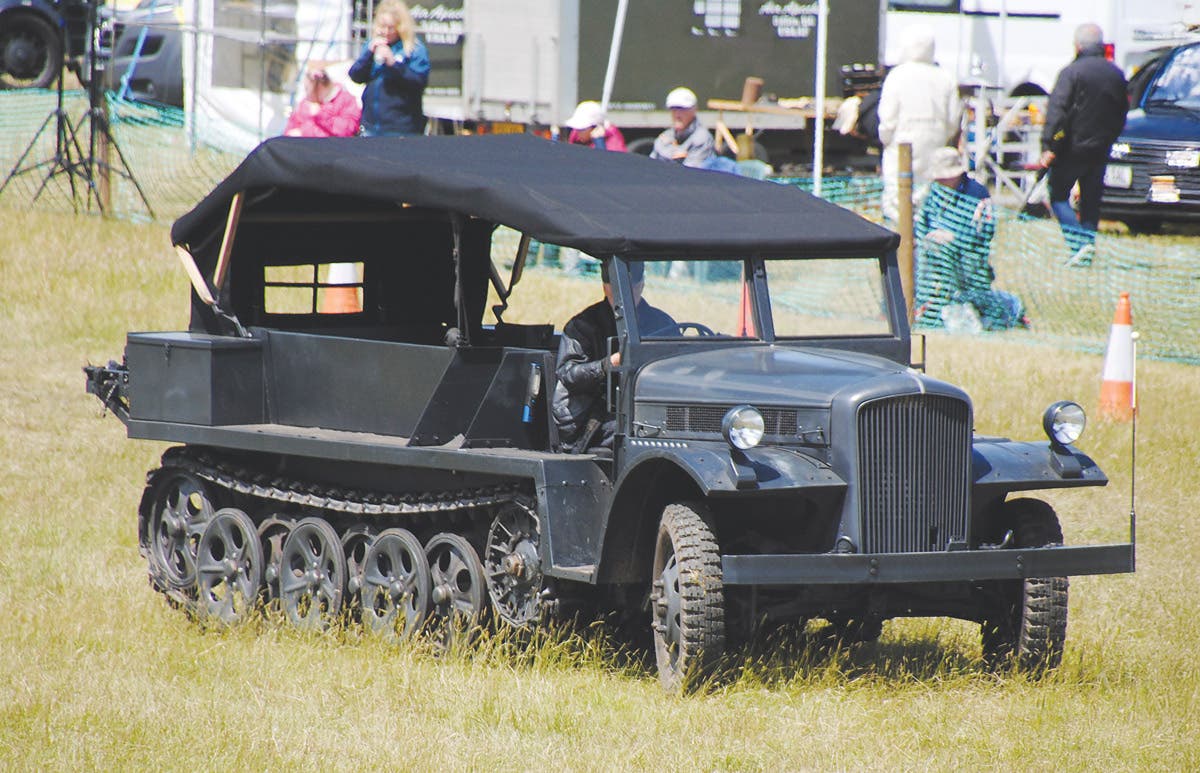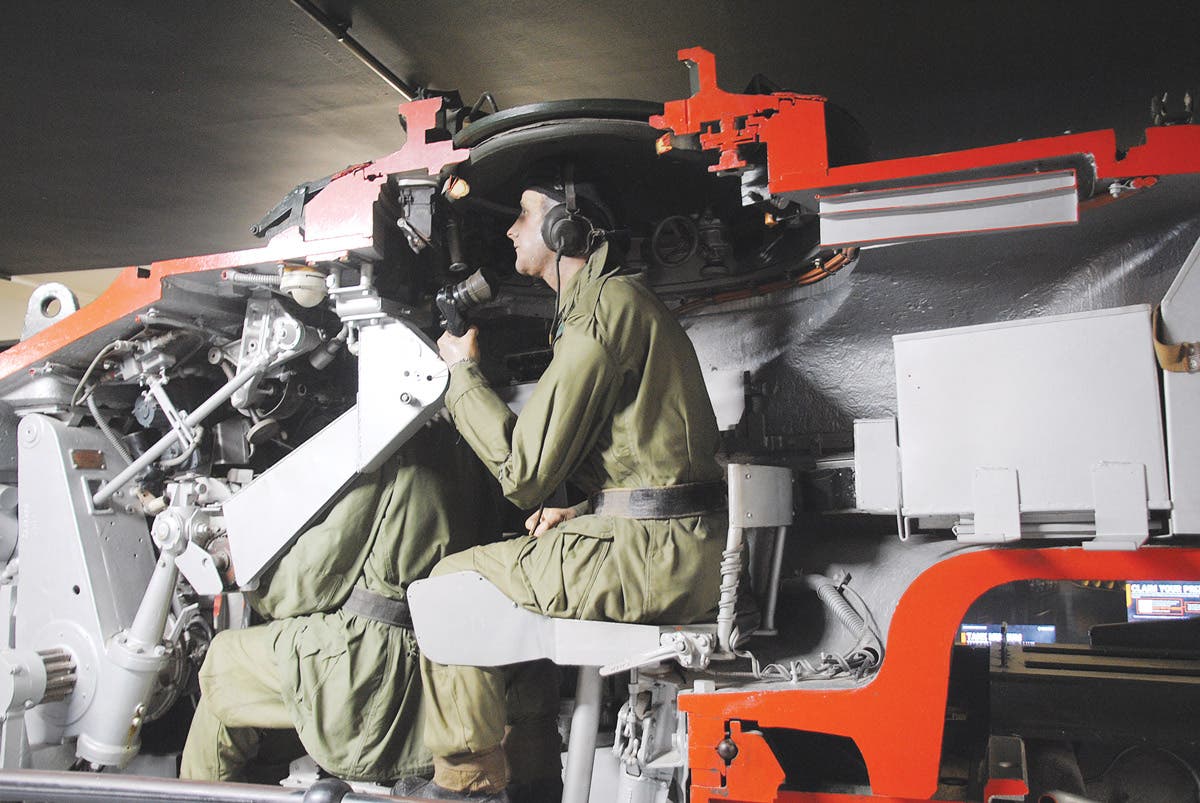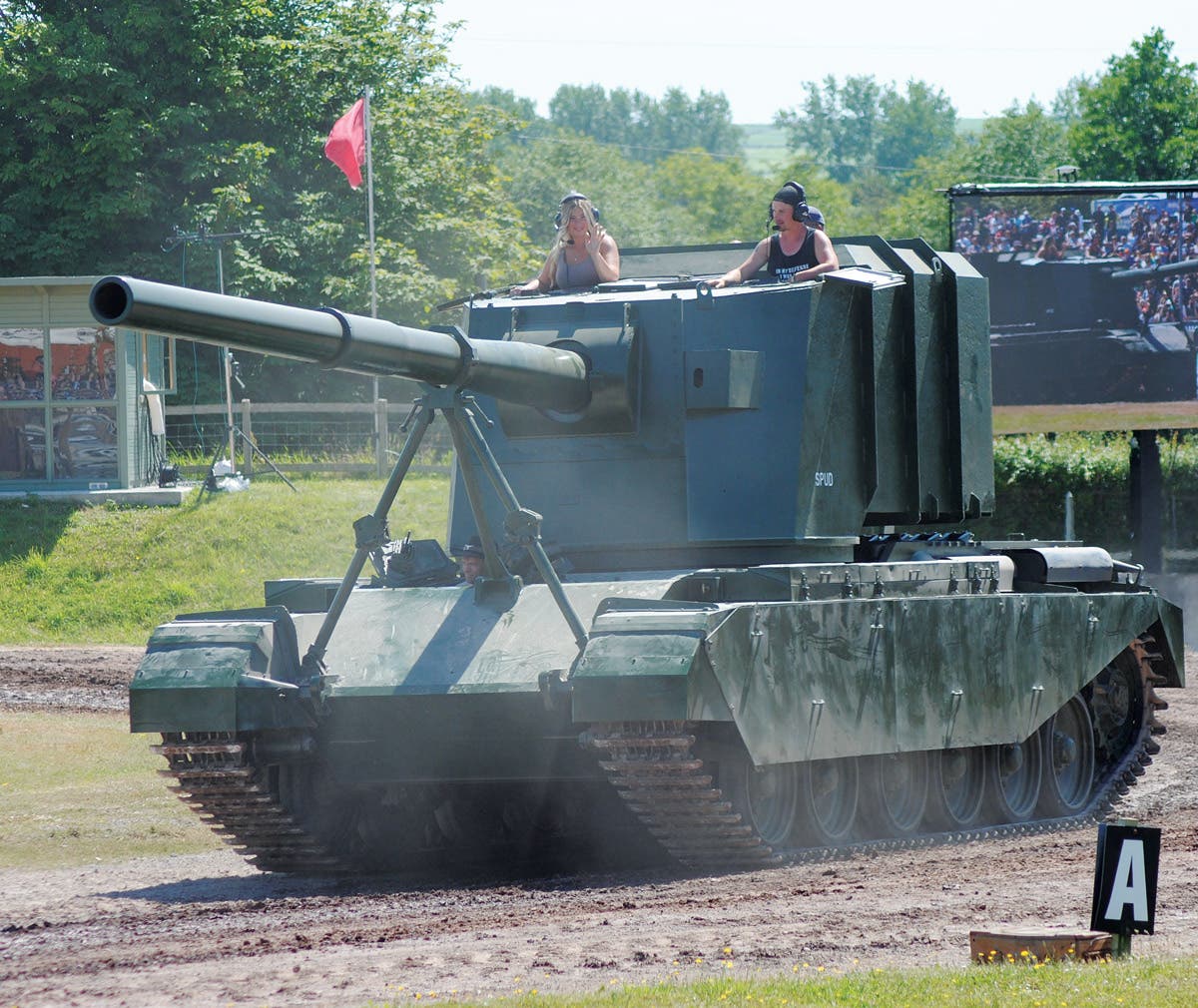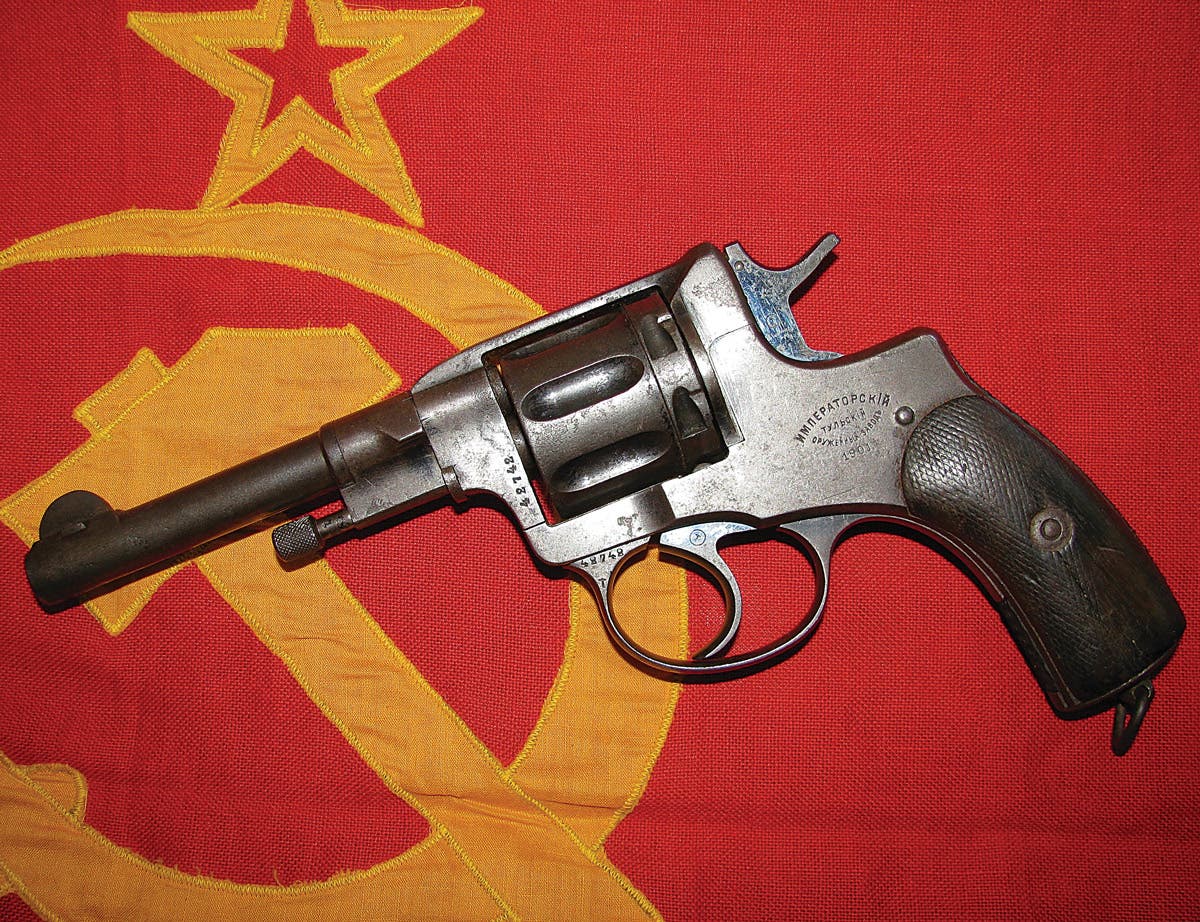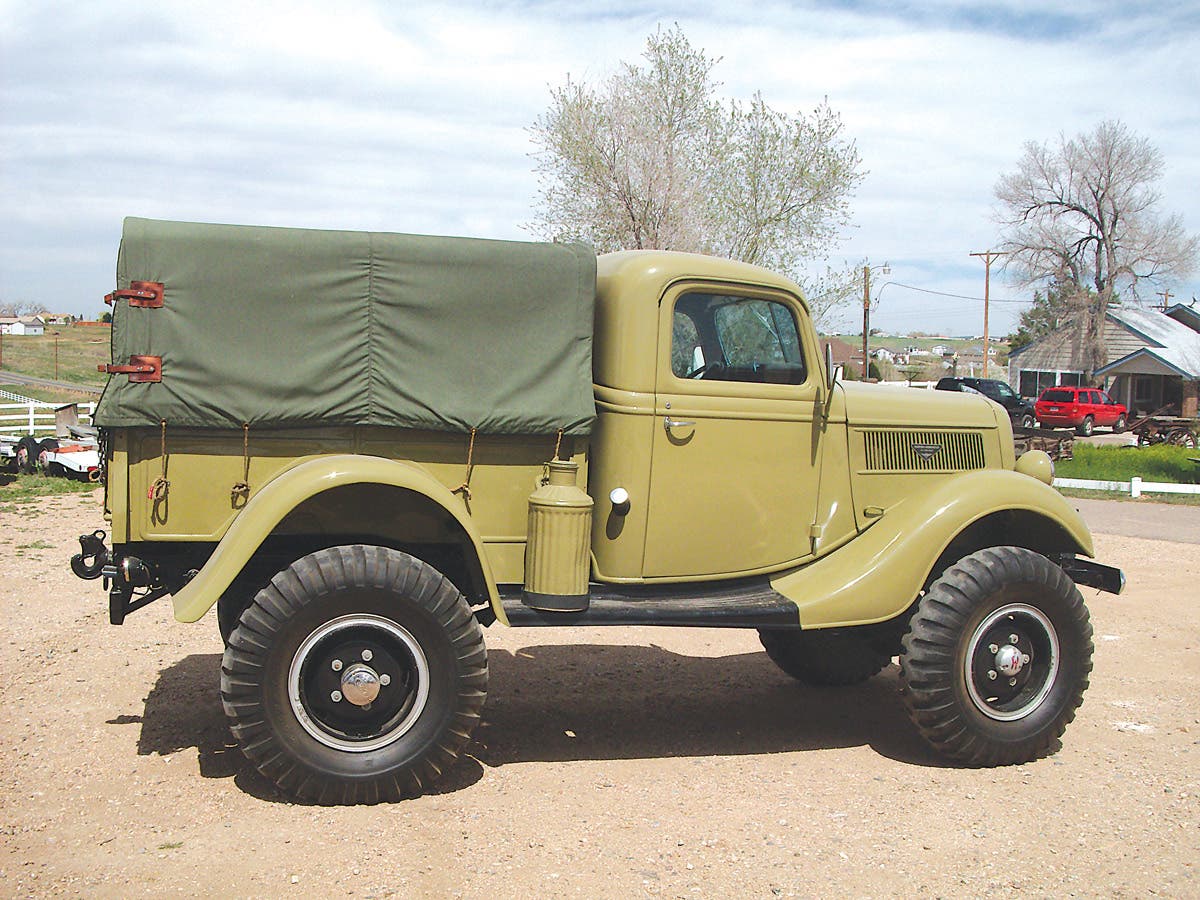A look at the Clarkator 6
The Clark bomb tructractor was the workhorse behind the scenes.
Even before America entered World War II as a belligerent nation, the country’s vast industrial capacity was gearing itself to supply weapons and vehicles to the armed forces in the re-armament programme. One of the companies producing specialist vehicles for the armed forces was the Battle Creek-based Clark Tructractor Plant in Michigan, founded in 1919 as a division of the Clark Equipment Company, itself founded in 1916.
The company had an established reputation as a manufacturer of specialist machinery and vehicles to handle heavy cargo loads. One of these vehicles was the ‘Tructractor’, used to move aircraft around airfields and other locations such as maintenance hangars. Eventually, this small, but extremely useful specialist vehicle would be used by both the USAAF and the Royal Air Force in most theatres of war. It would also go to sea, where it was used on aircraft carriers, further demonstrating its versatility.
As early as 1941, the Clark company was already producing around 90 percent of the military requirement for heavy-lift equipment, including forklift trucks and tow tractors. By the end of the war in 1945, it was said that there was not an Allied airfield in America, Britain or Europe which did not have a Clark vehicle on it. Throughout the war the company continued to produce new cargo handling vehicles, such as the “Planeloader” in 1943. This was the first purpose-built forklift designed specifically for use by the military in remote locations where the terrain was rough and temperatures could be extreme. These would more than prove their worth on the airfields constructed by the US Naval Construction units, known as “Seabees”, on the remote islands across the Pacific during the “Island Hopping” campaign.
The first Clark Tructractor was known as the “Clarktor”. It was introduced into service in 1926 and was capable of towing loads of over 1 ton on trolleys. The debut vehicle led to more powerful vehicles being developed to cope with ever-increasing loads. These new vehicles in the Clarktor range included more powerful lifting trucks, such as the “Clipper” in 1941, which helped American armed forces to more efficiently load trucks and railway wagons with the logistical supplies needed to keep units operational.
The “Clarktor 6” was was known for its compact size and was developed for use on airfields as an aircraft tug. The Clarktor 6, with a wheelbase of four feet and eleven inches, was powered by a water-cooled Chrysler six-cylinder 230-cid flathead gasoline engine of 6 2hp, with a three-speed “crash” gearbox that could reach a maximum speed of 15 mph. Production began in 1942, and by the end of the war Clark had delivered thousands of different cargo handling vehicles, including an order for more than 1,500 Clarktor 6s for the British Royal Air Force. These were built as a version designated “BH”, standing for ‘British Heavy’, and supplied to Ministry of War Transport for the RAF under the Lend Lease Act.
The Clarktor 6 was built in one “light duty” version, fitted with either the T105 or T125 Chrysler engine, and two “heavy duty” versions, which were rated as “Mill 44” and “Mill 50”, fitted with either the Chrysler T112 or T116 engine, and capable of towing loads of up to 90 tons. The Clarktor 6 rated as Mill 44 and measured 8 feet 4 inches in length, 5 feet 5 inches in width and stood 4 feet 8 inches in height to the top of the steering wheel.
Despite its small size and weighing in at just over 2 tons, it had a drawbar capacity of over 2 tons and a towing capacity of 90 tons, allowing it to handle all types of aircraft, including the heavy bomber aircraft in service with the USAAF and the RAF, such as the Lancaster and Halifax. The two main types of four-engine bombers in service with the USAAF for European operations were the B24 and B17, both of which were in the 16 ton range when empty and had a maximum take-off weight of 29 tons and 32 tons respectively, but still well within the vehicle’s capabilities. The RAFs most famous bomber, the Lancaster weighed 16 tons empty and had a maximum take-off weight of 31.25 tons, making it capable of being handled by the Clarktor 6. In the Pacific Theatre the vehicle was used to move B29 bombers which weighed 31.85 tons empty and 62.9 ton maximum take-off weight.
The primary role of the Clarktor 6 was to move aircraft around the airfields with additional roles in maintenance and support by towing aircraft to workshops or dispersal points and delivering trolleys loaded with bombs to the aircraft to arm them for missions. The vehicle’s dual versatility and usefulness was also recognized by other branches of the US Armed Forces and used on Army bases and Navy yards for similar purposes. It could handle payloads of multiple bobs or single bombs such as the famous “Grand Slam” weighing 22,000 lbs. Its low height allowed it to be driven under some types of aircraft to the bomb bay, where the bombs where winched aboard from the trolleys.
The Clarktor was operated by one man, but with the steering wheel offset to the left for the driver the seating on the vehicle could accommodate a second person. Controls were very basic, with the starter foot pedal, clutch to the left and the foot brake set to the right, hand brake and gear selector stick and basic dials for readout on fuel. Capacity for the fuel tank was 6.26 gallon, which was sufficient for use within the limited confines of an airfield.
It was not fast, but, then, it did not have to be in an area crowded with moving aircraft. Being steady and reliable, and safe, were more important.
The vehicle continued in service after the end of World War II, and went on to be used in other conflicts, including the Korean War. There, it was on hand to move jet aircraft such as F-86 “Sabres” for service and maintenance. Clark vehicles were used throughout the Cold War period, handling deliveries of essential supplies during the Berlin Air Lift of 1948 and 1949. Eventually, they were replaced by more modern tractors.
Although the Clarktor 6 was never high profile compared to other vehicles, it still provided a vital duty and that makes it an important vehicle to be remembered. Today, there are a few still in service, but for the most part, the survivors enjoy interest from vehicle enthusiasts who take them to vintage military vehicle shows, where they can be seen being put through their paces. Examples have even made appearances in movies, such the 1970 classic “Tora! Tora! Tora!”, where they can be seen in action towing aircraft during the bombing scene, very much as they would have done during the war. Further examples can also be seen in some aviation museums. The maintenance manuals for these retired workhorses are also of interest to collectors.
Examples come up for sale around the world and details can be found on specialist Online sites fetching prices of £3,000 BPS and $5,000 USD, depending on condition. Spare parts and maintenance manuals are also available through these sites, and there are even online forums where questions and answers can be posted and discussed between owners and enthusiasts from as far afield as France and Australia.
*As an Amazon Associate, Military Trader / Military Vehicles earns from qualifying purchases.




